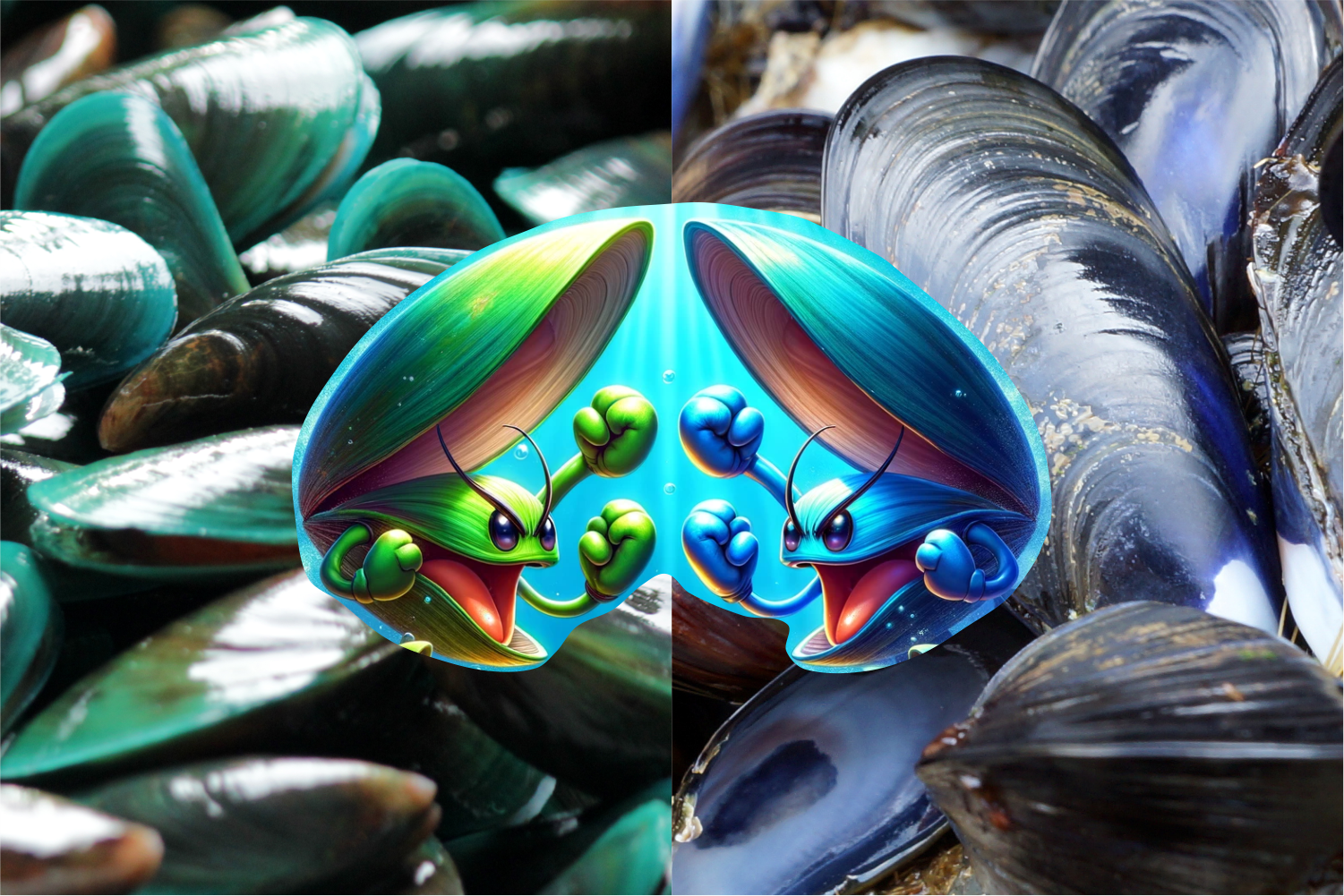
Directly from the Source to Your Doorstep:
At Lifespan, we proudly manage mussel farms nestled in the pristine waters of New Zealand. Here, we harvest and create a variety of mussel powder products that form the basis of our unique capsules, oils, and creams. These products are developed using state-of-the-art extraction methods to ensure the highest quality.
Recent posts

About the Author
Ben Winters, a key member of the Aroma NZ team, brings an exceptional blend of experience and expertise to the world of marine supplements. With a hands-on approach spanning from sustainable farming practices to advanced freeze-drying techniques, Ben ensures that Aroma NZ's green lipped mussel powder, a globally sought-after product, maintains the highest standards. His deep involvement in every stage, from farm to final product, not only reflects his commitment to quality but also provides him with unique insights that enrich the content of his blogs, making them an invaluable resource for anyone interested in natural health solutions.

Green-Lipped Mussels vs. Blue Mussels: The Battle of the Bivalves
By Ben Winters
Green-Lipped Mussels and Blue Mussels are two varieties noted for their nutritional content and culinary value, both hailing from different origins.
Green-Lipped Mussels (Perna canaliculus), from New Zealand, are renowned for their unique flavor. Their name stems from the emerald-colored line along their shell edges.
Thriving in New Zealand's coastal waters, these mussels benefit from the clean and cool environment, which contributes to their distinct flavor and nutrient composition.
In New Zealand, Green mussels are not only found in the wild but are also extensively farmed. Aquaculture practices in regions like Marlborough Sounds, Golden Bay, and Coromandel have positioned New Zealand as a leading producer and exporter of these mussels.
On the other hand, Blue Mussels, often confused with a distinct species, are usually variations of common blue mussels (Mytilus edulis) or other Mytilus species. Common blue mussels are native to the North Atlantic and are known for forming densely packed groups in intertidal zones.
Both Green-Lipped and Blue Mussels are valued for their nutritional profiles.
Green-Lipped Mussels are rich in omega-3 fatty acids, vitamins A, E, C, and essential minerals like zinc, iron, and selenium. They are also notable for a unique omega-3 fatty acid, eicosatetraenoic acid (ETA), rare in other marine organisms.
Blue Mussels, while also nutritious, focus on different nutrients. They offer protein, B-vitamins, and minerals like calcium and magnesium, which are beneficial for various bodily functions. Though they contain omega-3 fatty acids, the levels are generally lower compared to Green-Lipped Mussels.
Green-Lipped Mussel supplements, mainly in powder and capsule forms, are reputed to support joint health, as well as immune function and respiratory health, and are a preferred choice for those seeking a natural source of omega-3s.
Supplements made from Blue Mussels, typically derived from Mytilus edulis, offer a range of nutrients including omega-3 fatty acids and proteins. They may not have the unique omega-3 variant ETA but are still considered beneficial for a balanced nutritional intake.
In summary, while both Green-Lipped and Blue Mussels are nutritionally valuable, Green-Lipped Mussels are particularly noted for their omega-3 content and unique ETA, making them a choice ingredient in natural supplements. Blue-Lipped Mussels, though not as distinct in their omega-3 profile, still contribute positively to a healthy diet.



